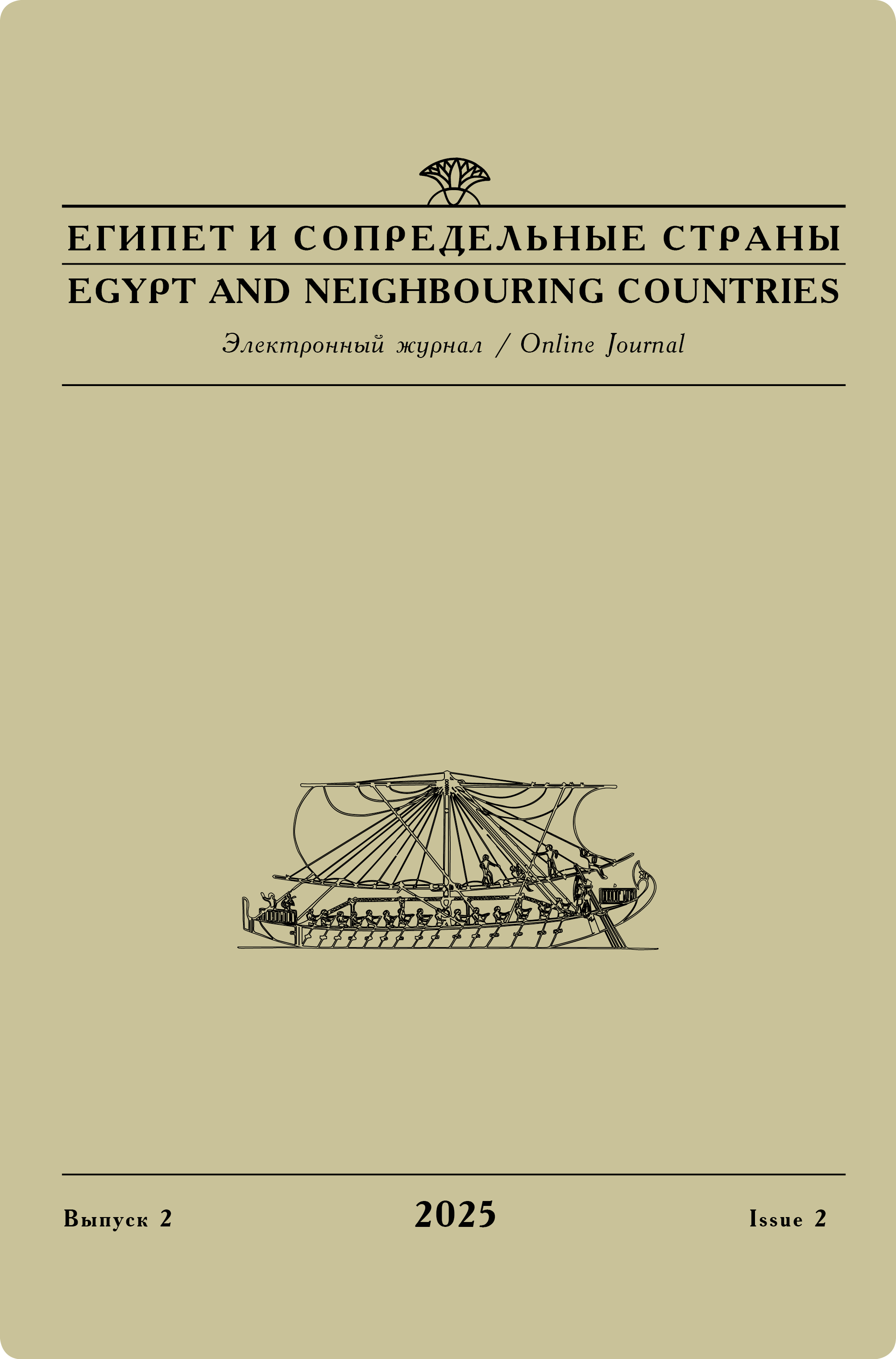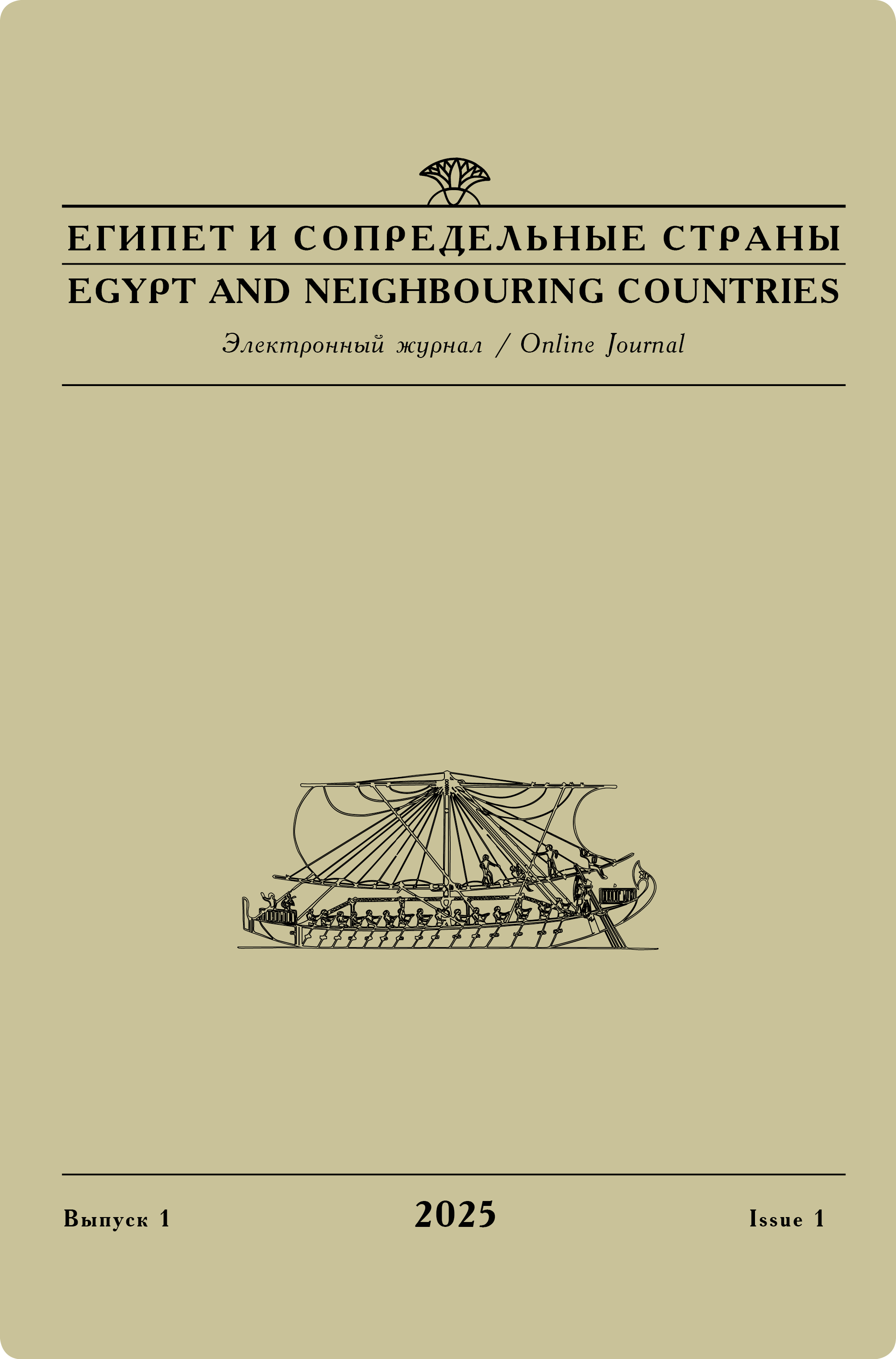Issue 4, 2016
Olga V. Orfinskaya, Elena G. Tolmacheva
Ancient textiles from the tomb of Thay (TT 23): considerations on elaborating of approaches and preliminary results of studies
It is generally well-known that Ancient Egyptian burial practice required mummification and wrapping of an artificially mummified body in special funerary shrouds and bandages as a necessary part of complex preparations for the eternal life. This custom explains massive scale of textile finds in Pharaonic tombs and other burials. Besides, large pieces of linen, furnishing textiles and clothes were also put into rich tombs as funerary gifts. Such tombs if they are intact can be easily dated according to other grave goods and survived inscriptions. Much more different situation we have in the case of numerous textile finds from robbed tombs that were used for secondary burials until late Roman times. Moreover, these tombs remained open, and locals have used them as magazines, barns or even simple dwellings since Medieval until relatively modern times. Therefore, studying of the mass textile materials from such kind of archaeological sites puts a number of questions.
The authors of the paper propose some considerations on appropriate methods of textiles sampling, describing, studying and conservation. Some preliminary results of studies related to technologies and peculiar features of Egyptian weaving are also declared.
Keywords:
Ancient Egypt, crafts in Ancient Egypt, Ancient Egyptian weaving, Luxor, Sheich abd al-Gurna, TT 23, loom, funeral bandages and shrouds.
Original language — Russian.
Read full article




